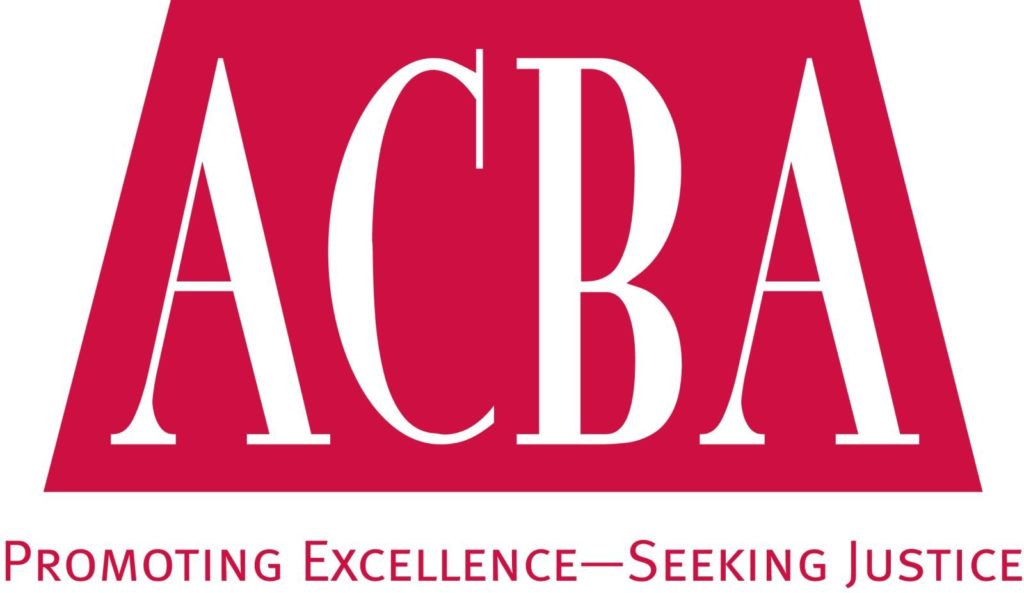California Evidence Code section 1101(b) and its federal counterpart, FRE 404(b), allow the attorney to offer into evidence similar behavior of a person or entity if “relevant to prove some fact (such as motive, opportunity….) other than his or her disposition to commit such an act.” In doing so, these rules provide both significant opportunity and significant danger. Character evidence is overwhelmingly persuasive, and these provisions supply the trial lawyer with the means and authority to introduce evidence containing otherwise impermissible propensity inferences.
There are number of important issues here to keep in mind. First, these evidence provisions apply to civil as well as criminal cases. The similar acts need not be crimes. According to EC 1101(b), the past behavior may consist of “a crime, civil wrong, or other act.” The section on 1101(b) in Witkins California Evidence (5th ed, Thomson Reuters) offers many examples of civil cases in which EC 1101(b) acts were allowed.
Second, by prefacing the list of permissible purposes for which other acts may be offered with “such as,” the statutes indicate that their lists aren’t exclusive. Analyze your case carefully to find relevant non-character purposes for which prior or subsequent behavior of your opponent may be offered. For example, the fact that five people have fallen in the same spot in the local Safeway can’t come in to show that it’s a dangerous place, but it can come in to show Safeway’s knowledge–a permitted EC 1101(b) purpose. Obviously, the jury will draw both the permissible and impermissible inferences. Go to an exhaustive source of case law such as Witkins and look for cases and fact patterns similar to yours for ideas.
Perhaps you may decide to plead your case a certain way in ensure that similar acts come in. For example, prior acts of her negligence might not come in if you sue only the doctor for malpractice, but would come in if you sue the hospital for negligently entrusting that doctor with its operating facilities. In a products liability case, you might ask for punitive damages so you can put on evidence of other complaints and law suits to show notice of the defect. On the other hand, be careful that your pleadings don’t open the door to otherwise impermissible prior bad conduct by your client.
People v. Ewoldt, 7 Cal. 4th 380 (1994) is particularly instructive. It provides a detailed analysis of EC 1101(b), the three main categories of similar acts it allows (those going to intent, identity, and plan), and the necessary degree of frequency and similarity of the other behavior compared to the that alleged in the instant case. As a general rule, other acts going to a mental state (e.g., intent, knowledge, or mistake) need a lower level of similarity and frequency, those going to plan or pattern a mid-level, and those going to identity a high degree of frequency and similarity.
Civil trial judges are reluctant to admit character evidence of any kind and are not accustomed to lawyers offering EC 1101(b) evidence. Accordingly, it’s a good idea to give your trial judge as much notice as possible. Brief the issue carefully. Consider bringing a motion to admit during in limine motions. Be prepared to deflect your opponent’s argument that the jury will be prejudiced or misled, drawing the impermissible rather than permissible inference. And let the judge know that it won’t take much time to prove the similar behavior.
Criminal lawyers know how devastating EC 1101(b) and FRE 404(b) evidence can be. Some who have switched to the civil arena say that this is the most neglected area of opportunity in the evidence rules for the civil trial bar. Use it to your advantage.
Tim Hallahan is Director of the Trial Advocacy Program at Stanford Law School, a Judicial Education Attorney with the California Judicial Council, a national CLE speaker, and cofounder of The Hecht Training Group, a litigation skills training firm (http://www.hechttraininggroup.com). He also serves on the ACBA CAAP Training Committee.

